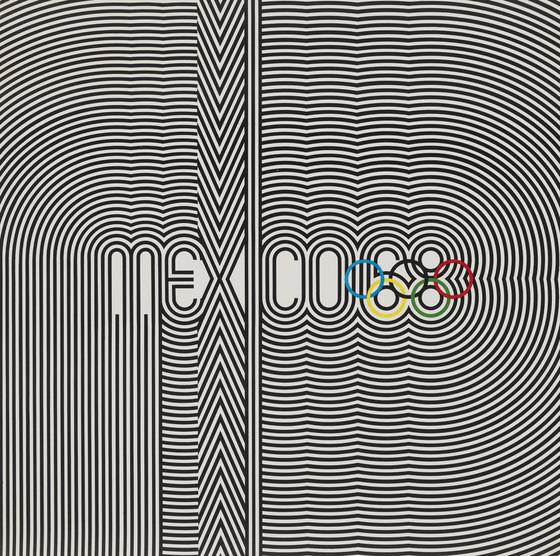Today, the International Olympic Committee (IOC) will officially announce the host city for not only the 2024 Summer Games, but also those planned for 2028. For the first time since 1988, the IOC had only two host cities from which to choose—Los Angeles and Paris. Given this unusual circumstance, bid leaders convened in July and announced their intention to grant the 2024 Games to Paris and the 2028 Olympiad to Los Angeles. While the excitement surrounding today’s IOC meeting dissipated somewhat given this early pronouncement, Angelenos have been anxiously awaiting the news from Lima.
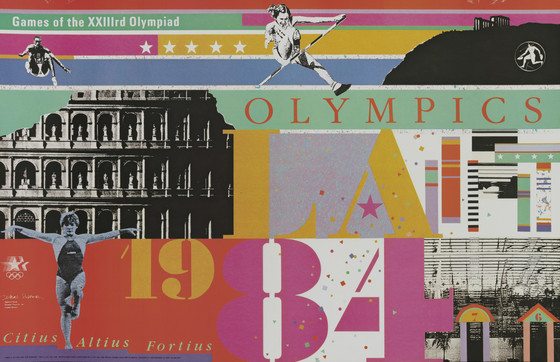
.jpg)
The Games are no stranger to Los Angeles. 2028 will be the third time our city hosts, following the X Olympiad of 1932 and the XXIII in 1984. LACMA will revisit L.A.’s Olympic past as part of Pacific Standard Time: LA/LA. Opening this Sunday, September 17, Found in Translation: Design in California and Mexico, 1915–1985 will showcase the design campaigns surrounding two Olympics—the XIX Olympiad in Mexico City (1968) and the aforementioned 1984 L.A. Games. These events are brought into conversation within the context of this exhibition not simply because of their geographic locales, but also because of their iconic design schemes.
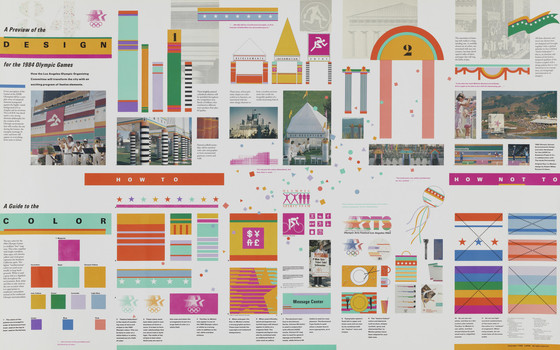
By the late 20th century, both Mexico City and L.A. had become notoriously sprawling metropolises. Because both Olympics relied on existing structures to control costs, the organizers employed designers, architects, and artists to help visitors navigate events across the host cities. Though their solutions were very different, both relied on bold “supergraphics” as well as brilliantly executed logos and color schemes to bring cohesion to the many Olympic venues.
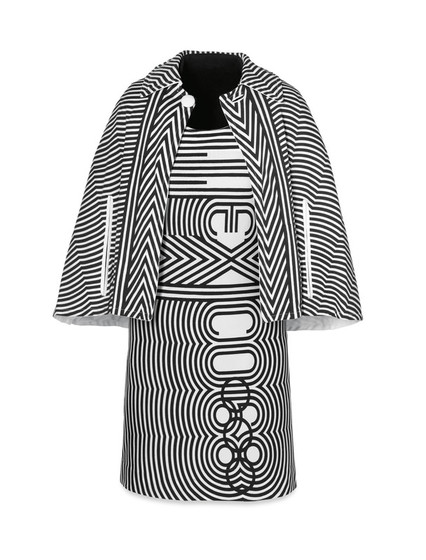
In Mexico, architect Pedro Ramírez Vázquez (1919–2013), president of the Organizing Committee for the XIX Games, promoted the creation of a visual program characterized by simple shapes and vivid colors. The unifying “total design” of the Games brought continuity to the city’s fragmentary and heterogeneous infrastructure. The Committee contracted Mexican and foreign designers to produce a large bulk of graphic material, including publications, posters, tickets, labels, decorative papers, traffic signs, souvenirs, and postage stamps. Many of these materials were marked with the iconic logo of the 1968 Games, conceived by American graphic designer Lance Wyman (b. 1937), which overlaid the Olympic Rings with “68.” Its hypnotic, radiating pattern referenced contemporary Op-Art, but was also associated with indigenous arts of Mexico, such as Huichol yarn paintings. This logotype is emblazoned on the edecán (hostess) dress and cape. This design signified to attendees that its wearer was an official representative of the Games, and its black-and-white color scheme indicated that the female attendant worked for the National Olympics Committee.
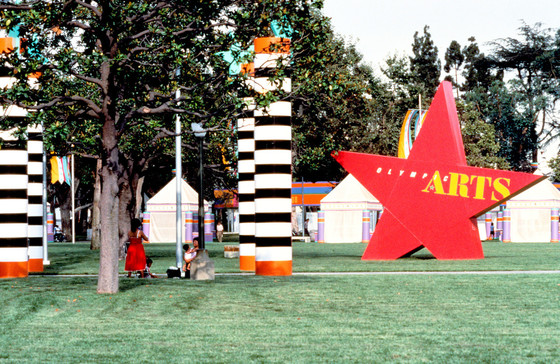
Similarly, in Los Angeles, the firm Sussman/Prejza & Co., Inc. crafted a vibrant graphic language referred to as “Festive Federalism” to identify the various Olympic venues throughout the city. Deborah Sussman (1931–2014), architect Jon Jerde (1940–2015), and their team of designers quickly abandoned the original logo for the Games, which was a red, white, and blue star. They redirected the campaign to reflect the culture of Southern California, as opposed to that of the federal government. While the new “look” included stars and bars, Sussman and her collaborators introduced a pastel color palette associated with the cultures of the Pacific Rim, including Mexico. Their environmental graphics program allowed the Organizing Committee to transform existing venues, cultural locations, and villages across the city into recognizable and celebratory sites. The famous “kit-of-parts” including sonotubes, arches, banners, ephemera, and a range of temporary structures was deployed in an effort to introduce a common denominator to the Games. The program devised was a fun and original feast for the eyes.
The Exploratory Committee for the LA 2024, now 2028, bid chose “Follow the Sun” as its slogan. Its logo, rendered in the brilliant colors of a sunset, depicts a soaring angel. We at LACMA will be paying particular attention to the visual program surrounding the events and its evolution throughout the next 11 years. Found in Translation will surely pique your interest in this aspect of the events, and hopefully build excitement for the return of the Games to our city!
Found in Translation: Design in California and Mexico, 1915–1985 opens in the Resnick Pavilion on September 17. Member Previews begin tomorrow, September 14. Join now to experience this exhibition before it opens to the public! Found in Translation is part of Pacific Standard Time: LA/LA, a far-reaching and ambitious exploration of Latin American and Latino art in dialogue with Los Angeles.



